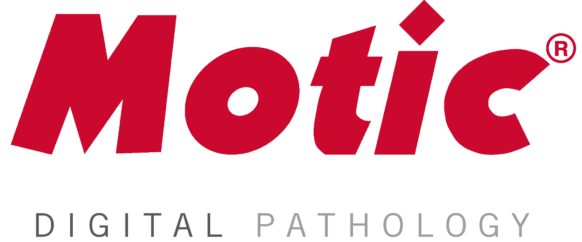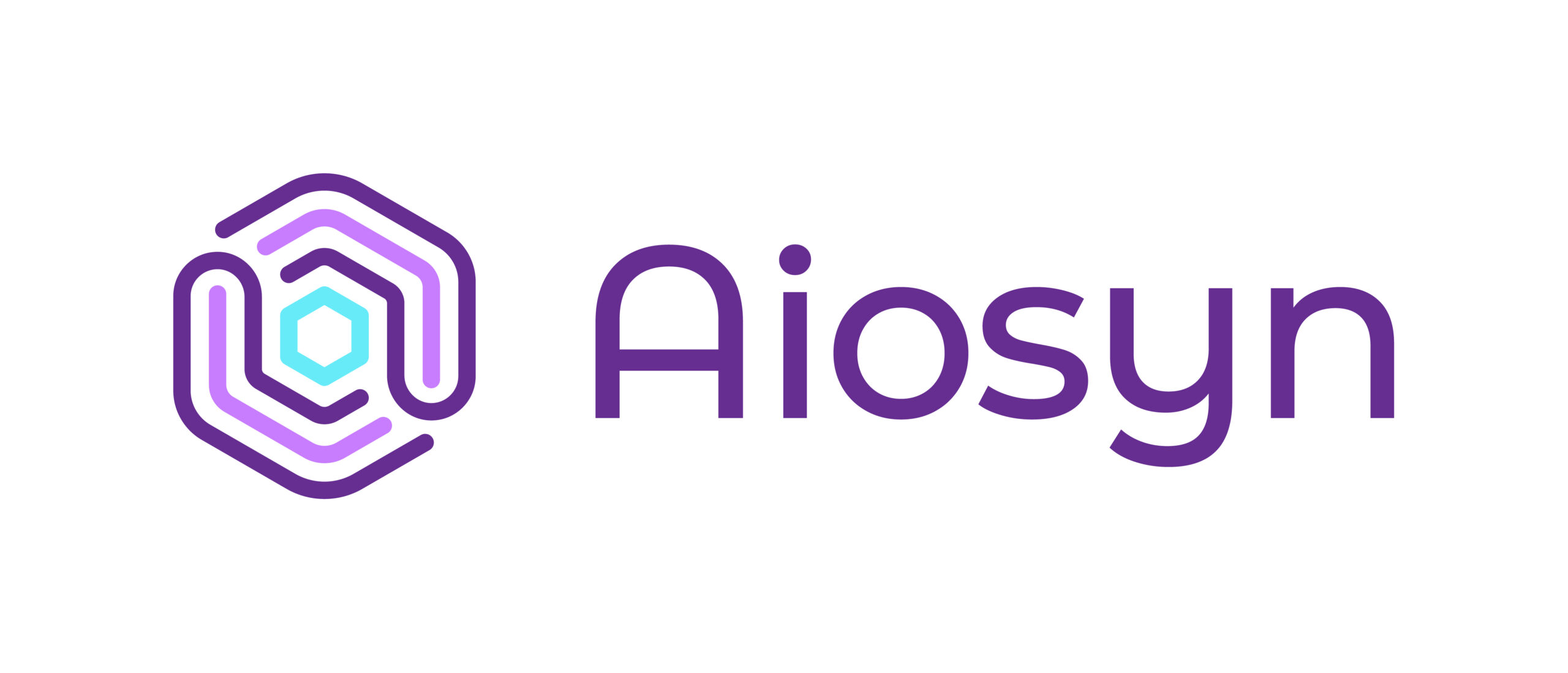Proscia: Digital Pathology as a Business Imperative: Lessons from HNL Lab Medicine’s COO
For HNL Lab Medicine, digital pathology isn’t just a technology upgrade—it’s a strategic business decision that has already delivered measurable gains. By partnering with Proscia, HNL Lab Medicine has not only optimized its pathology workflows and improved turnaround times but also expanded its reach across health systems.
We sat down with Warren Erdmann, the laboratory’s Chief Operating Officer, to discuss how it made the transition, the impact of its growing relationship with Proscia, and what other COOs should know about leading change at scale.
When did digital pathology first emerge as a business priority for HNL Lab Medicine, and what challenges or opportunities drove the decision?
Beginning in the fall of 2021, our pathology team initiated discussions on emerging digital pathology technologies. HNL Lab Medicine is privileged to have senior leadership dedicated to exploring and integrating advanced technologies across all laboratory disciplines to secure its future and continued success.
From my perspective, optimizing patient care is the primary focus of HNL Lab Medicine. Making a significant investment is considered justifiable if it addresses challenges related to workflow and logistics efficiency, pathology productivity and work environment, error reduction, improvement in turnaround time and consistency, and space limitations. The team successfully implemented the system and achieved these objectives.
As COO, what outcomes have you seen since implementing digital pathology—from an operational, financial, or organizational standpoint?
HNL Lab Medicine adopted a three-year implementation plan, including integration of artificial intelligence (AI). We fully digitalized our surgical pathology practice by July 1, 2025—six months ahead of schedule.
Managing specimen logistics across 14 hospitals demands extensive resources, from logistics and centralizing in Histology to manual slide distribution by pathologist specialty and rotating locations. Digital slide technology has streamlined this process, minimized errors, and improved consistency with turnaround times.
We have improved the pathologists’ work environment by shifting from manual slide handling to an efficient digital interface, making it easier to attract and retain top talent across a wider geographical area. Pathologists can now work remotely two days a week, supporting work-life balance, and can seamlessly share cases to ensure that patients are receiving expert level diagnostic care.
We have recently begun integrating Jefferson Health and other pathology practices into our operations, allowing additional pathologists to access our established digital pathology system, which has enabled us to manage overflow and seek additional subspecialized expertise.
The digital pathology system has also allowed us to optimize our workspace across all facilities.
How has going digital changed your ability to scale, serve more clients, or support a geographically distributed network?
HNL Lab Medicine is pursuing a growth strategy that focuses on sharing its expertise with new hospital network system clients. By providing its digital pathology model to additional hospital networks, HNL Lab Medicine aims to expand its centralized Histology workflow and reduce the need for physical slide distribution, increasing its geographic coverage. The processes and benefits developed by HNL Lab Medicine may be shared and implemented across a broader group of pathologists.
What role did you play in leading this transformation across HNL Lab Medicine—and what did you learn about driving change at scale?
With extensive lab industry experience, I support scaling HNL Lab Medicine operations. The pathology team led due diligence, evaluating and recommending slide scanner and viewer software/AI vendors based on quality, functionality, workflow, and connectivity. As COO, I ensured our team’s needs aligned with vendor offerings in final agreements and assessed ROI against financial terms. Additionally, I guided the operations team through implementation, resource allocation, project management, and kept projects on schedule to meet goals.
What factors mattered most when selecting a digital pathology partner?
The Digital Pathology leadership team, led by Dr. Sajjad Malik, Dr. Jillian Grau, and Kelly Frankenfield, MBA under the direction of Chief Medical Officer Dr. Jordan Olson, provided comprehensive leadership to a fully engaged and highly competent pathology team. The leadership team established requirements and quality benchmarks to ensure the success of this project. The team’s primary objective was to maintain and enhance quality outcomes. Considerations such as user-friendliness, system features, and integration with the existing Laboratory Information System (LIS) were also vital components of the due diligence process.
Proper execution of the due diligence process, together with ongoing communication among all teams, is crucial for achieving high acceptance rates within the pathology field and facilitating the transition to fully digital operations. HNL Lab Medicine’s achievement of becoming completely slide-less six months ahead of the projected acceptance date underscores the significance of the leadership team’s commitment to continuous communication and collaboration and is a testament to the agility of our technical and professional staff.
What advice would you give to other COOs or operational leaders who are evaluating a shift to digital pathology?
HNL Lab Medicine values vendor partnerships that focus on mutually beneficial relationships. Industry practice identifies three key factors for successful partnerships: quality, service, and financial objectives. Achieving only two of these factors is considered insufficient. Partnerships should result in satisfactory patient outcomes, with an emphasis on quality and patient impact. Vendors are expected to be service oriented, addressing issues with appropriate resources and timely responses. Additionally, the financial model must support the sustainability of both parties, allowing continued investment in personnel, equipment, and stakeholders.
SOURCE: Proscia

































